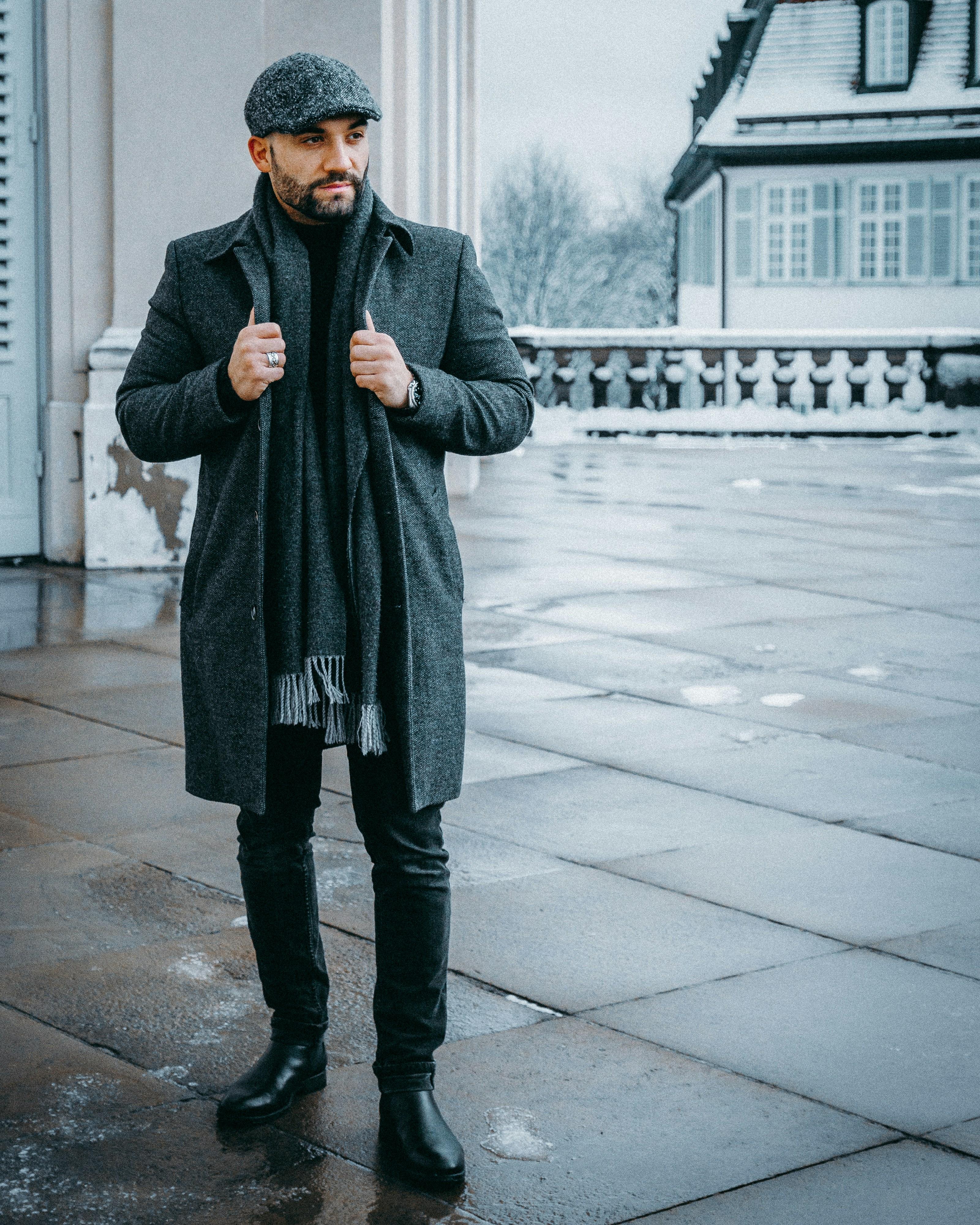The acclaimed television series “Peaky Blinders,” set in the tumultuous period of post-World War I England, offers a vivid portrayal of a society grappling with change and upheaval. At its core, the series is not only a gripping narrative about the rise of the Shelby crime family but also a complex exploration of masculinity in a time of profound social transformation. Through its richly drawn characters and meticulously crafted settings, “Peaky Blinders” presents a critical lens on the evolving nature of male identity in the aftermath of war. This article delves into how the series navigates themes of power, vulnerability, and honor, reflecting broader societal tensions and redefining what it means to be a man in the early 20th century. By examining the interplay between historical context and character development, we aim to uncover the nuanced depiction of masculinity that has captivated audiences and sparked conversations about gender roles both past and present.
Cultural Context and Historical Background: Understanding Post-War England
The aftermath of World War I left England grappling with profound social, economic, and cultural transformations. This period was marked by a significant shift in gender roles and societal expectations, particularly concerning masculinity. In the wake of the war, traditional notions of masculinity were both challenged and reinforced. The war had produced a generation of men who had witnessed unprecedented violence and trauma, which in turn influenced their self-perception and societal roles upon returning home. As depicted in Peaky Blinders, the characters navigate a world where their pre-war identities clash with the harsh realities of post-war life, leading to complex portrayals of masculinity.
- Economic Strain: The post-war economy struggled to accommodate returning soldiers, leading to unemployment and social unrest. Men were often expected to reclaim their roles as providers, yet many faced financial insecurity.
- Social Shifts: The war had empowered women, who had taken on roles traditionally reserved for men. Upon returning, men found themselves negotiating new dynamics in both the workplace and the household.
- Psychological Impact: The psychological scars of warfare, including what was then termed “shell shock,” contributed to a redefinition of strength and vulnerability in male identities.
In this complex landscape, the series illustrates how characters like Thomas Shelby embody a multifaceted masculinity that is at once fragile and fiercely resilient. Through its narrative, Peaky Blinders explores the tension between emerging modern values and entrenched traditional ideals, providing a nuanced critique of the period’s evolving masculine archetypes.

Character Archetypes and Masculine Ideals in Peaky Blinders
In the gritty landscape of post-war Birmingham depicted in Peaky Blinders, character archetypes serve as a window into the complex ideals of masculinity during this tumultuous era. The series presents a diverse array of male characters, each embodying different facets of masculine identity that reflect the social and economic upheavals of the time. Thomas Shelby, the enigmatic leader of the Peaky Blinders, exemplifies the archetype of the wounded hero. Haunted by his experiences in World War I, Thomas channels his trauma into a relentless pursuit of power and control, navigating a world where traditional values are in flux. His character encapsulates the duality of vulnerability and strength, a tension that defines much of the masculine ideal in the show.
Beyond Thomas, the series showcases other archetypes that underscore the evolving nature of masculinity. Consider Arthur Shelby, who embodies the loyal warrior yet struggles with inner demons that often manifest in violence. Meanwhile, Alfie Solomons represents the trickster, blending humor and cunning to navigate the criminal underworld. These characters, among others, highlight the various ways men adapt to societal expectations, each representing a piece of the broader tapestry of masculinity. Key masculine ideals explored in the series include:
- Power and Control: Characters strive to assert dominance in a volatile world.
- Loyalty and Brotherhood: The bond between the Shelby brothers is a central theme.
- Honor and Reputation: Maintaining one’s name and legacy is of utmost importance.
- Emotional Resilience: Men are often depicted as grappling with inner turmoil while maintaining a stoic exterior.

Narrative Techniques and Their Role in Shaping Masculine Identities
In “Peaky Blinders,” the intricate use of narrative techniques serves as a crucial lens through which the series examines the construction and evolution of masculine identities in the tumultuous aftermath of World War I. The show employs a variety of storytelling devices to explore the complexities of male characters who navigate a world where traditional notions of masculinity are both challenged and reasserted. Flashbacks are frequently used to reveal the traumatic war experiences that haunt characters like Tommy Shelby, adding layers to their stoic exteriors and exposing vulnerabilities that clash with their public personas. These glimpses into the past not only humanize the characters but also critique the rigid expectations of masculinity that demand emotional suppression and relentless toughness.
Another significant narrative technique is the dialogue, which often juxtaposes bravado with moments of introspection. The conversations between characters such as Tommy and Arthur Shelby reveal the internal conflicts they face as they reconcile their desires for power and control with the psychological scars left by the war. This duality is further enhanced by the use of symbolism, with objects like the razor blade caps serving as metaphors for the sharp, dangerous edges of their identities. The narrative, therefore, does not merely portray a linear progression of events but instead offers a multifaceted exploration of how masculinity is reshaped and redefined in the face of societal upheaval and personal trauma.
- Flashbacks: Provide context and depth to character development.
- Dialogue: Balances bravado with introspection, revealing internal conflicts.
- Symbolism: Objects and imagery that reflect the complexities of masculine identity.

Recommendations for a Nuanced Portrayal of Masculinity in Historical Dramas
To achieve a nuanced portrayal of masculinity in historical dramas like “Peaky Blinders,” creators should consider a multifaceted approach that goes beyond traditional archetypes. It’s essential to explore the emotional complexity of male characters, allowing them to exhibit vulnerability, compassion, and introspection, rather than confining them to stoic or aggressive roles. This can be accomplished by:
- Developing backstories that reveal the personal and societal pressures men faced during post-war England, illustrating how these factors shaped their identities.
- Incorporating diverse male relationships, such as friendships and mentorships, that showcase emotional support and camaraderie, challenging the notion that male bonds are solely competitive or hierarchical.
- Highlighting the impact of war trauma, not just in physical terms but also in psychological and emotional dimensions, offering a richer understanding of how these experiences influenced male behavior and attitudes.
Additionally, historical dramas should not shy away from depicting the changing roles of women and how these shifts affected traditional notions of masculinity. By acknowledging the evolving dynamics between genders, such narratives can provide a more comprehensive view of the period, fostering a deeper audience connection with the characters.
